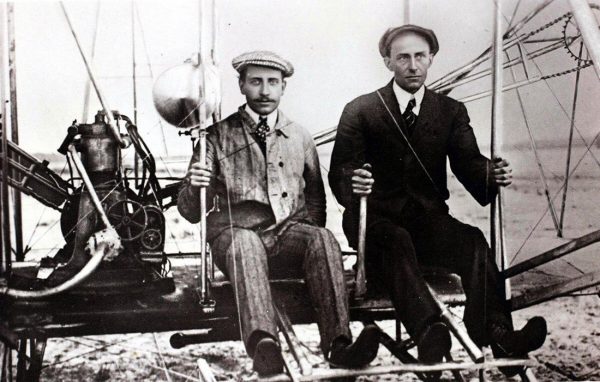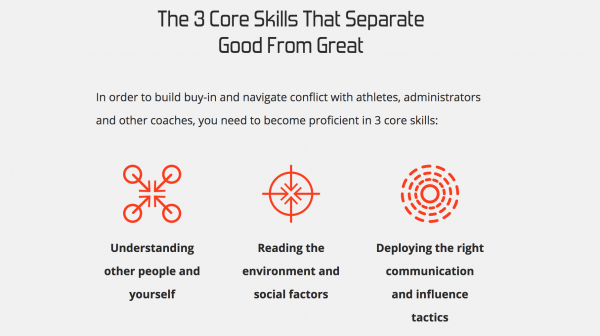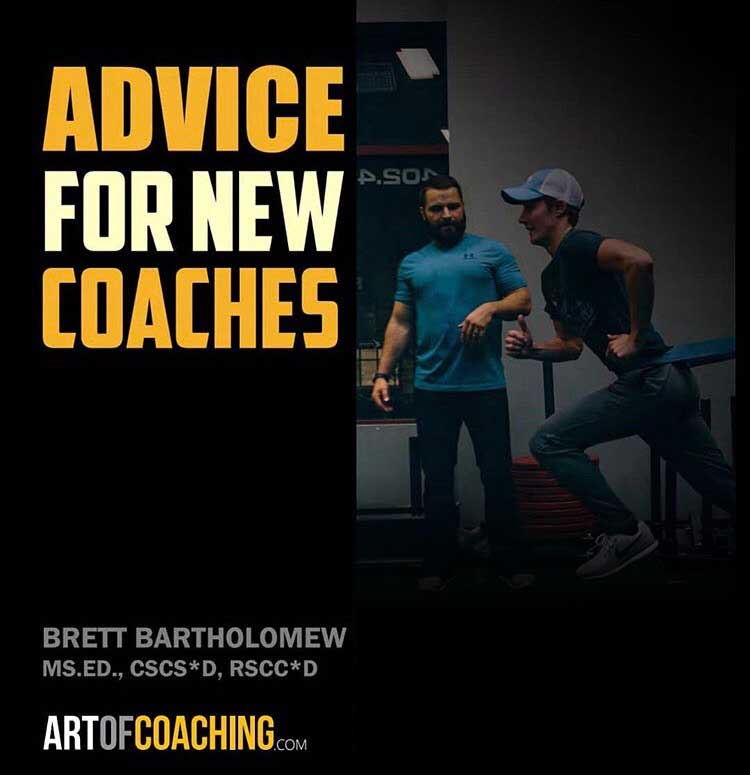There has been a long favorite story of mine about the Wright Brothers.
Essentially, the story revolves around the early experiments the notoriously inquisitive and mechanically inclined Wright Brothers and focuses specifically on the problem solving processes they went through while designing their earliest prototypes of what would eventually be the first man-made, self-piloted “aircraft.”
Despite their incredible skill as technicians, and their previous innovative successes, the brothers continued to hit countless roadblocks as it it pertained to being able to keep their prototypes airborne long enough for them to get a true feel for their designs or to test them out in a highly objective manner.
The two brothers fixated intently as to what they could do to make the prototype more stable, so that strong gusts of wind or other environmental factors that brought upon unique physics related challenges would not continue to throw their experiments off track, thus rendering many of their expensive and time-intensive designs to little more than scrap after they had crashed to the ground.
Eventually, it was Wilbur, the elder of the two brothers, who realized that their error had been in focusing their designs solely around engineering features such as stability of the frame and upgraded aerodynamics, as opposed to creating features within the craft that emphasized the adaptive skill of the one who would actually be flying the machine.
The inspiration for this thought was sparked from their earlier recollection of the nuances of an earlier invention called the “safety bicycle” which was the first mass produced bike which featured two wheels of the same size. Around 1892, a “biking craze” had struck the country due to the popularity of this new invention, and the brothers took a keen interest in and had even opened up their own business in which they repaired, tinkered with, sold and upgraded bicycles. They even had begun inventing their own. Through their time reflecting on their previous experience building, riding, testing and modifying bicycles, the brothers remembered that what made the design of the bicycle truly unique was that the bicycle itself is inherently unstable. Hence the challenge and fun in learning how to ride the bicycle. Sure the frame and wheels are constructed to help provide an element of control, but for one to become truly skilled at riding, they would need to learn how to adapt to the terrain, elements and geography by periodically leaning to the side, managing the gears, altering the tempo and increasing or decreasing the overall speed in which they were travelling.
The brothers considered the following: what if instead of thinking about the aircraft they were trying build as a “ship floating through the air” they thought of it instead as a bit more like a bicycle? Thus putting the onus on the pilot to best learn how to make the most out of both the craft itself and the ever changing environment it would be subject to? It was through this change of thought, design and approach that they begin to have more success with their experiments and eventually became “first in flight.”

So what do faults and feats related to engineering and aeronautics have to do with strength and conditioning or coaching in general? Quite a bit I’d argue. In my opinion, we’ve made similar errors in how we have gone about focusing on the process of coach development. We’ve been transfixed with programming related nuances for so long that many have forgotten about or de-contextualized the part of our craft that focuses on “the pilot” who has to navigate the actual environment.
This lack of well-rounded emphasis can not only negatively affect our respective skill-sets, but also our collective perspective. There are tremendous coaches out there to be sure, many doing great work in a host of unique settings ranging from team or individual sport, to those working with youth, military and the like, but we also have coaches who are more confused than ever as to what to believe or what they should focus on as they continue to strive to improve both personally and professionally. Arguments and debates continue to rage about “best practices” from everything from speed enhancement to agility- and to a degree, this sort of challenging discourse should take place since we are a science based, research backed field that needs to continue to question the “status quo” and stay on the cutting edge as it pertains to training science.
But why has the art of coaching been ignored for so long? More so than just being ignored, why has it been treated as an abstract (pardon the pun) term that tends to conjure up “arm around the shoulder” images as if mastering it is all about peace, love and warm/fuzzy feelings for everyone involved?
Just as we shouldn’t be reductionist in our views regarding training interventions, we as coaches need to avoid doing the same for this vital component of coach development. There are some contrarians out there who would like you to believe this side of things cannot be taught, comes naturally to those skilled at it, or even that it is not “as hard to grasp” as topics such as physiology, biomechanics etc. I know because I’ve received the Twitter messages from them claiming as much. Perhaps you are are in the camp, though if so- I’d urge you to consider the following question: if our job as coaches is to- in part- alter behavior and manage stressors in their numerous forms, why are we not emphasizing the social and behavioral element as well?
Here is the reality, behavior is tough stuff. If this wasn’t true, notable researchers such as Richard Thaler and Daniel Kahneman wouldn’t be awarded with a Nobel Prize in economics for their various contributions and insights on everything from decision making to choice architecture. There also would not be entire departments at nearly every major university that are dedicated to a better understanding of the human mind and what drives us to do the very things that we do as human beings day in and day out.
Much as Orville and Wilbur Wright made the early error of fixating on engineering features early on in their experiments, many strength coaches do the same by fixating ONLY on the technical-tactical or “X’s and O’s” side of things (read: programming) in an effort to gain more control over the adaptations they hope to elicit and the environment. Are these aspects important? Without question, and I state as much numerous times in my book “Conscious Coaching.” Recognizing the art of coaching as a necessary component of coaching practice is not a declaration of war on the training science. Yes our job is strength and conditioning, but you cannot simply choose to forget the word “coach” simply because one of those topics interests you and the other does not.

To date, there has been no singular agreed upon definition of “coaching,” yet what the majority of researchers in the space are in full agreement on is that coaching is a sophisticated interpersonal process, that is hallmarked by numerous complexities such as social dilemmas, power struggles, insecurities and ambiguities (Jones & Wallace, 2005).
What coaching is NOT is a rational, predictive sequence in which coaches themselves are always able to establish full control or cohesion over their athletes or even amongst fellow coaches (Bowes & Jones, 2006).
The attempt made by some coaches to try and oversimplify or apply rigid practices in hopes of being able to prescribe socially derived interventions in the same manner that they would write a training program meant to elicit hypertrophic adaptations is an error in judgement that assumes both the coaching environment itself as well as the level of effort that even the most unmotivated athletes would apply during training will be high-level and/or consistent in nature.
In short, autoregulation is not just a concept that we should be applying to our training interventions, we also need to understand how to periodize according to behavioral elements just as well as we do the physiological. One feeds to the other and the synchronicity between each forms a continuous loop that coaches should be feeding off of in order to enhance their learning and subsequent application. This is done through grasping a better foundational understanding of topics such as influence tactics, social-dynamics, persuasion, neuroscience, behavioral economics and emotion-based choice just to name a few. Collectively, being able to better arm ourselves with a wide array of these social strategies is akin to us having a skilled and thorough understanding of various loading strategies that we apply while training in the weight-room.
Make no mistake however, a manual that tells us all exactly how to coach every athlete regardless of their age, chosen sport, training background, country of origin etc. is not coming anytime soon, and should not be expected. Just as we will never find the one mythical training program that elicits every adaptational quality we seek, everytime, without fail regardless of our athlete’s nutritional habits, sleep quality or the like, the same holds true (and perhaps at an even greater magnitude) for social interventions.
The expectation of such a “how to” manual is much of how this problem in regards to coach education/development began in the first place. Coaches are often promised idealistic “playbooks,” as opposed to being pushed towards actively seeking out or developing a better understanding of principles and practical strategies related to enhancing connections through mutual trust, understanding and unity of purpose.
As Jones & Wallace, (2005) masterfully state in their previous works;
“Oversimplification and over-precision of prescriptions is the unfortunate price paid (as it pertains to coach development). The ambiguity and complexity inherent in the coaching process appears to have been ‘lost to view’ to coaching scholars. Consequently, no comprehensive framework currently exists which represents the complex reality within which coaches work and indicates how they can operate better within it.”
This is part of the point I had hoped to make clear to fellow coaches when writing Conscious Coaching, and also within my online coaching course Bought-In. Both of which I created in an attempt to simply add to the discussion and help bridge the gap between the realities many of us face despite how many “ivory tower” academics it may anger (especially as it pertains to nomenclature and verbiage). The fact of the matter is that it is time for coach education to shift away from mere conceptualization of models and frameworks and instead focus on creating more competent and adaptive professionals who are adequately armed to deal with the sometimes messy process that coaching can become. The alternative is to for us to continue to act is if coaching is a one-dimensional sequence as opposed to the highly interactive and dynamic phenomenon that it is.
The good news is that it is not too late for us as coaches to “flip the script.” The key will be for many of the continued advances in coach development to largely be a coach driven process so that the information provided through future reflections and research are not de-contextualized from the various environments in which many of us actually operate. This notion alone is a hefty call-to-action for strength coaches as we sometimes get so caught up in “complaining about the dark” that we often forget that each of us has the capability to light a torch of our own which may illuminate another way forward so that we can all continue to progress as craftsman and professionals. The continued implementation of “high-performance models” in numerous levels of University, professional and Olympic based sporting organizations across the world is one more such reason in which I ascertain that our primary focus should shift towards “art of coaching” related strategies as the ability to communicate across silos effectively is first and foremost dependent on our ability to communicate well in general.

Though the topic of communication may neither entertain or enrapture some strength and conditioning professionals we as coaches don’t always have the luxury of staying in our bubble of interests, especially if we are truly in the field in order to best serve the interests of the athlete(s) that we work with as we so often claim ourselves to be. The fact is that we as coaches spend a considerable amount of time conveying a range of verbal and non-verbal information to our athletes, fellow coaches and colleagues; much of which is highly technical in nature, and can not only seem esoteric to our athletes, but can also be easily misconstrued if delivered with poor elocution or the exclusive use of coach-centric vernacular.
The complexity of coaching is also augmented by the various socio-political agendas often at play within high-performance environments. Though some coaches currently placed in these settings may not admit it publicly for reasons related to their hopeful smooth and continued employment (relatively speaking), coaching can be a pursuit that is somewhat Machiavellian in nature due to the various personal power struggles that can take place between various stakeholders which may include athletes, owners, board members, other coaches, medical staff or team managers. This is a likely reason that researchers such as Abraham & Collins (2011), recommend that future coach education resources should also focus on a combination of pedagogy and politics along with the technical-tactical and physiological elements related to performance. All of which collectively fall under the umbrella of the art of coaching” since their successful use requires what I refer to as a “chess not checkers” mentality that focuses on the long-view or big picture of what we hope to accomplish as performance practitioners.
In closing, it is my opinion that if we hope to continue to advance the craft as coaches and practitioners, that we must maintain an equal if not enhanced focus on the psycho-social and behavioral domains related to coaching just as we always must maintain both a practical and watchful eye over the ever-evolving nature of the science related to anatomy, physiology, biomechanics and the like. This suggested emphasis on turning our eye towards an heightened effort of both researching and applying the complex science and practice which underpins the art of coaching should not, by default militate against our continued focus on advancing training science as thinking that one can optimally exist without the other while working in a profession defined by both science, and social interaction would be an error in judgment similar to that of an artist thinking he/she can paint with a brush but no canvas. Both are a part of the “big picture.”
For better or worse, today’s athletes are more informed and easily influenced than ever before, and the performance coaching landscape continues to change rapidly from both a organizational standpoint and as a vocation in general. Due in part to these factors, it is clear that coaching successfully in the 21st century and beyond necessitates us as practitioners to be able to apply our talents skillfully and flexibly while operating in environments that are increasingly fast-paced and politically charged. It is no longer enough for us to adopt a particular doctrine or methodology that we will rigidly adhere to, we must also be willing to adapt it based on the situation and context presented before us. It is this ability to adapt on the fly, that is the truest personification of what “the art of coaching” truly means.
*If this topic interests you and you’d like to dive more deeply into both the science and application behind the art of coaching- you can check out my website for a host of free resources or visit https://artofcoaching.com/
References:
Abraham, A., & Collins, D. (2011). Taking the Next Step: Ways Forward for Coaching Science. Quest, 63(4), 366–384.
Bowes, I., & Jones, R. L. (2006). Working at the Edge of Chaos: Understanding Coaching as a Complex, Interpersonal System. The Sport Psychologist, 20(2), 235–245.
Jones, R.L., & Wallace, M. (2005). Another bad day at the training ground: Coping with ambiguity in the coaching context. Sport, Education and Society. 10 (1), 119–134.



